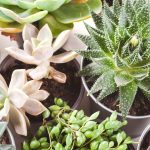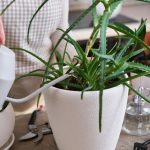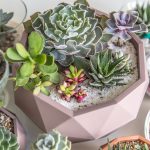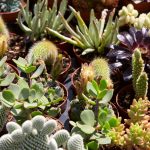Embark on a journey through the vast array of Haworthia succulent types, each unique in its charm and appeal. Let’s take a closer look at some of the most fascinating species in this stunning genus.
Cacti & Succulents
Delve Into the Diverse Haworthia Succulent World: A Host of Beautiful Varieties Await You
Within the realm of Haworthia succulents, you’ll find a captivating mix of textures, shapes, and colors. Originating from the arid landscapes of South Africa, these resilient plants exhibit remarkable adaptations to survive in harsh conditions. Their ability to store water in their leaves allows them to thrive in dry climates and make them a perfect choice for any succulent lover’s collection.
When it comes to caring for these beauties outside their natural habitat, providing adequate light and well-draining soil is crucial. Avoid overwatering to prevent root rot and ensure healthy growth. Haworthias are known to reproduce through offsets and leaf cuttings, making them a joy to propagate and share with fellow enthusiasts.
The classification of Haworthia species can be complex, with debates and changes in scientific nomenclature being common occurrences. Despite these challenges, the distinct physical features of each variety make them stand out in any collection. Let’s explore some notable succulent types based on their unique characteristics.
Fenestrated Haworthias

Among the fascinating traits of Haworthia succulents are their fenestrated leaves, which allow light to penetrate and create beautiful patterns. Let’s shine a spotlight on some standout species renowned for their leaf windows.
Haworthia obtusa
Meet the mesmerizing Haworthia obtusa, a gem in the world of succulents. Resembling a cluster of translucent water balloons, this species captures attention with its unique appearance. The transparency of its leaves reveals the inner water reservoir, enhancing its allure. Often dubbed “mini Aloe,” this Haworthia adds a touch of elegance to any plant collection.
Another alias for this beauty is Haworthia cymbiformis var. obtusa, sometimes mistaken for Haworthia cooperi. Distinguishing between the two is a matter of examining their leaf structures, with mini Aloe boasting smooth margins compared to the toothed edges of H. cooperi.
Discover More: Haworthia Obtusa
Haworthia cooperi
With its magnificent leaf windows that allow sunlight to filter through, Haworthia cooperi is a true showstopper. The translucent leaves, adorned with delicate veins, create a stunning visual impact, especially when backlit. This species comes in various forms, each exhibiting unique characteristics in terms of coloring, bristle length, and leaf shape.
Haworthia cymbiformis
Known as the “cathedral window Haworthia,” Haworthia cymbiformis showcases distinct leaf windows concentrated at the tips. Its boat-shaped leaves and pale green hue add a touch of elegance to any succulent collection. While not as common as other fenestrated varieties, this species exudes a subtle charm that is hard to resist.
Haworthia cuspidata
Often debated due to its hybrid nature, Haworthia cuspidata captivates with its striking star window pattern. The contrast between the opaque and transparent leaf sections creates a mesmerizing display. Its compact, rosette-like form adds a whimsical touch to any garden or indoor setting.
Haworthia transiens
Resembling a cultivar of Haworthia cymbiformis, Haworthia transiens stands out with its light green and golden yellow hues. The toothed leaf margins and pointed tips contribute to its distinctive appearance, making it a prized addition to any succulent lover’s collection.
Haworthia bayeri
Exuding elegance with its dark green shimmering leaves, Haworthia bayeri is a standout among its peers. The intricate leaf patterns and dainty lines add a touch of sophistication to its appearance. Unlike typical Haworthias, this species rarely produces offsets, making propagating it a unique experience.
Bristly Haworthias
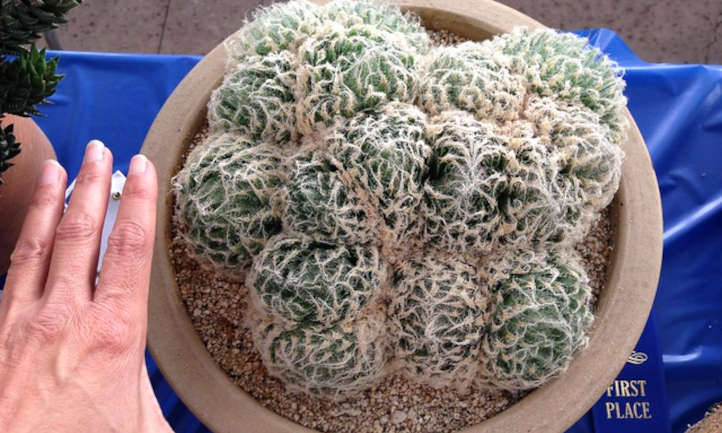
Enter the realm of bristly Haworthia species, each adorned with unique textures and features that set them apart. While not sharp to the touch, their appearance adds a hint of intrigue and charm to any succulent collection.
Haworthia bolusii
Meet the enchanting Haworthia bolusii, a plant that exudes a spooky charm reminiscent of Halloween. Its delicate leaf hairs create the illusion of cobwebs, adding a touch of mystery to its appearance. These bristles serve a practical purpose, shielding the plant from excessive sunlight and moisture loss, making it an ideal choice for arid environments.
Discover Marvelous Haworthia Varieties for Your Collection
Haworthia bolusii
Each Haworthia bolusii forms delicate rosettes that spread out in clumps, with each about 3 inches in diameter. When it blooms, this succulent sends up inflorescences that can reach heights of up to 20 inches, crowned with white flowers featuring brown veins, which are strikingly large compared to the petite succulents below.
Haworthia arachnoidea
The cobweb Aloe, also known as Haworthia arachnoidea, resembles a spider with its leaf bristles resembling spider legs. This larger succulent can grow over 6 inches in diameter. The dried leaf tips enhance its eerie appearance, making it a perfect complement to Haworthia bolusii for a spooky arrangement in the fall.
Haworthia herbacea
Haworthia herbacea boasts frosted green leaves adorned with stiff, white spines that curve upwards in a bushy rosette. As the plant matures, its light green hue transitions to a darker shade, showcasing light speckling on both leaf surfaces.
Haworthia chloracantha
This Haworthia variety stands out with elongated yellow-green leaves featuring a reddish center. The leaf edges are ridged with tiny teeth, culminating in soft spikes at the tips. A mature Haworthia chloracantha grows in multiple clumps, making it an ideal choice for xeriscaping.
Textured Haworthias
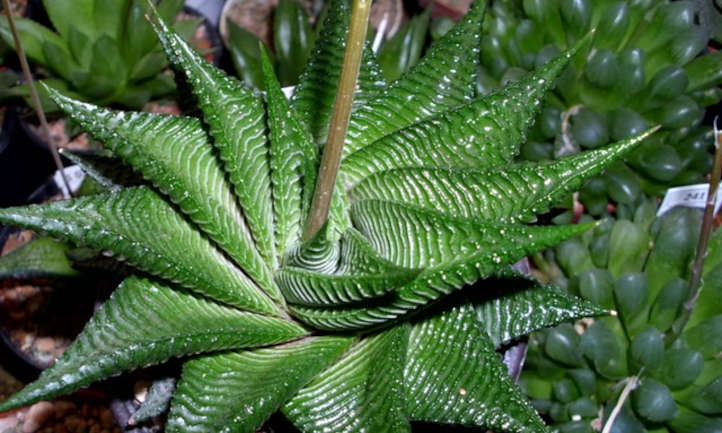
Most Haworthia species exhibit textured leaves, but these particular varieties stand out for their unique bumps and lumps.
Haworthia margaritifera
Known as the pearl plant, Haworthia margaritifera features smooth tubercles that resemble pearls on silk, adorning its leaves. This larger Haworthia can reach up to 6 inches in diameter and nearly a foot in height, with blossoms in green or brown hues setting it apart from the typical white flowers of Haworthias.
Haworthia limifolia
Haworthia limifolia sports rigid leaves that curve and flatten into a textured rosette, with tubercles matching the leaf color for an intriguing aesthetic. Its inflorescences bear multiple white and pink flowers, earning it the moniker of fairy washboard due to its leaf texture.
Strangely Shaped Haworthias
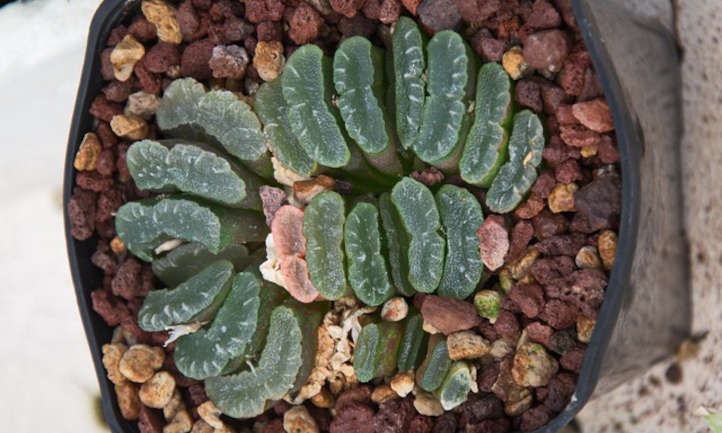
Exploring the genus of Haworthia unveils intriguing varieties, from the blocky horse’s teeth of Haworthia truncata to the meticulous formations of H. viscosa.
Haworthia truncata
Labeled horse’s teeth, Haworthia truncata showcases rectangular leaves with distinct ridges, growing in an orderly row rather than traditional rosettes. The architectural design of each leaf, with fenestrated tops and rough surfaces, adds to its unique charm.
Haworthia angustifolia
The narrow-leaved Haworthia angustifolia boasts slender leaves resembling grass blades, arranged in a rosette formation. These elongated 4-inch leaves offer a soft appearance and feel, thriving in partial shade to retain their lush green hue.
Haworthia nigra
Dubbed the black Haworthia, Haworthia nigra captivates with its dark green, stacked leaves that grow folded within one another, resembling succulent towers. Under stress, such as extreme temperatures, this unique variety may develop hints of red, adding to its allure.
Haworthiopsis
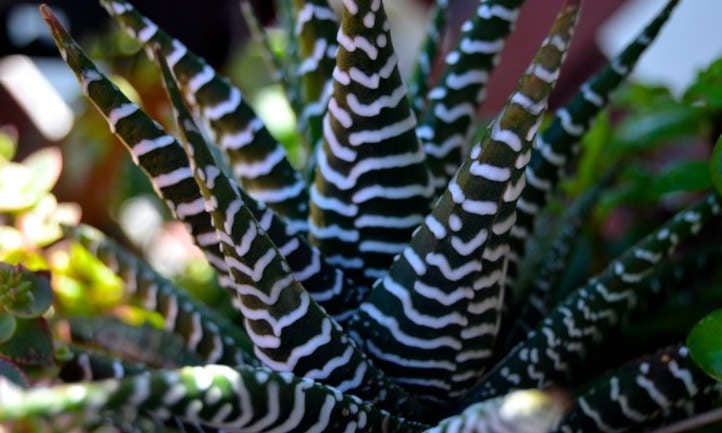
Recently reclassified as Haworthiopsis, these Haworthia plants maintain their popular moniker in common usage due to their distinct characteristics.
Haworthiopsis attenuata
Nicknamed the zebra plant, Haworthiopsis attenuata stands out with its striking white horizontal stripes, providing a fuzzy appearance with raised tubercles. Available in various striped or dotted varieties, this zebra plant is a favorite among collectors for its unique aesthetic.
Little zebra is a rare succulent known as Haworthia fasciata, often confused with zebra plants due to their white horizontal stripes. The key distinction lies in the stripe placement, as little zebra only features stripes on the undersides of its green leaves, unlike the zebra plant which is fully striped.
It’s quite uncommon to come across little zebra in garden stores, and when found, it’s frequently mislabeled. So, for those with a striped succulent, it might be more unique than initially perceived.
Similar to zebras, there can be confusion between different species of Haworthia. For instance, Haworthia attenuata is sometimes mistaken for Haworthia reinwardtii or fasciata.
Haworthiopsis coarctata
Haworthiopsis coarctata, formerly known as Haworthia coarctata, is commonly referred to as crowded Haworthia due to its densely packed, tubercled leaves that form a pinecone shape. Ranging in colors from dark green to light red, this succulent stands out with a central stem amidst its compact rosettes.
Haworthiopsis reinwardtii
Haworthiopsis reinwardtii, previously named Haworthia reinwardtii, features upright-growing leaves with larger tubercles, giving it the nickname zebra wart. Its vibrant green hue accompanied by pinkish-white flowers sets it apart from other similar species like Haworthia fasciata and Haworthia attenuata.
Haworthiopsis viscosa
Characterized by neat triangular leaf arrangements, Haworthiopsis viscosa appeals to meticulous gardeners. The orderly arrangement forms towers up to 6 inches in height with a gradient of green and red hues, topped off by a larger inflorescence.
Frequently Asked Questions
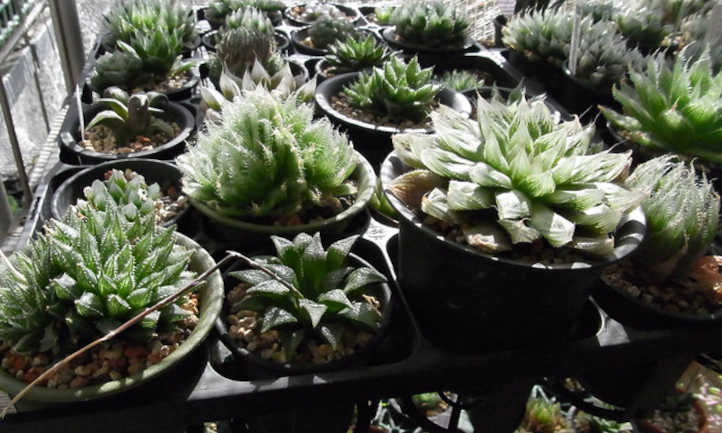

Q: Are there different types of Haworthia?
A: There are over 60 species, each with unique leaf shapes and textures, making them sometimes tricky to differentiate.
Q: How do I identify my Haworthia?
A: Focus on prominent physical traits like rough leaf surfaces or triangular leaves. Pay attention to details like ridging along edges and ensure to distinguish Haworthia attenuata from other similar species.
Q: Do Haworthias need full sun?
A: Yes, though some Haworthia varieties may require partial shade in high temperatures to prevent leaf damage from excessive sunlight.
Q: What is the largest Haworthia?
A: The biggest Haworthias typically reach up to 6 inches in diameter, with species like H. arachnoidea and H. margaritifera among them. For vertical growth, H. viscosa stands tall at half a foot.
Q: Is Haworthia a cactus or a succulent?
A: Although they thrive in cactus soil mixes, Haworthias are classified as succulents and not cacti due to the absence of areoles, which are a defining trait of true cacti.
Q: How many types of Haworthias are there?
A: Currently, there are known to be over 60 recognized species of Haworthia.
Q: What is the difference between Haworthia and Haworthiopsis?
A: Haworthiopsis encompasses many species formerly categorized as Haworthias, distinguished by a thick, hard epidermis.
Q: What should I do with Haworthia flowers?
A: Trim the flower stalks when they emerge or after the white blooms fade. As these plants have slow growth and infrequent flowering, take the time to appreciate the blossoms while considering a diluted cactus fertilizer to encourage further blooming.


